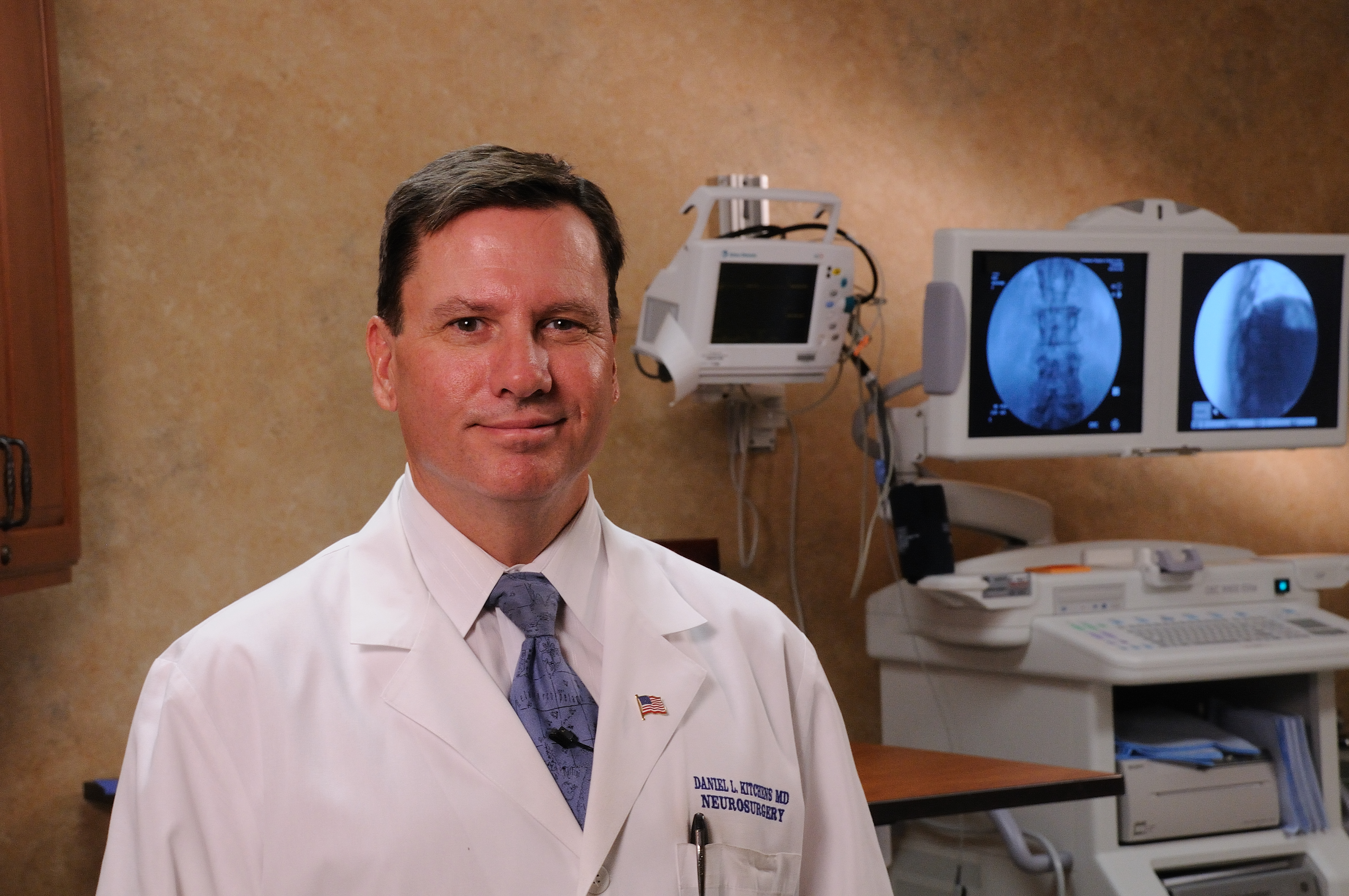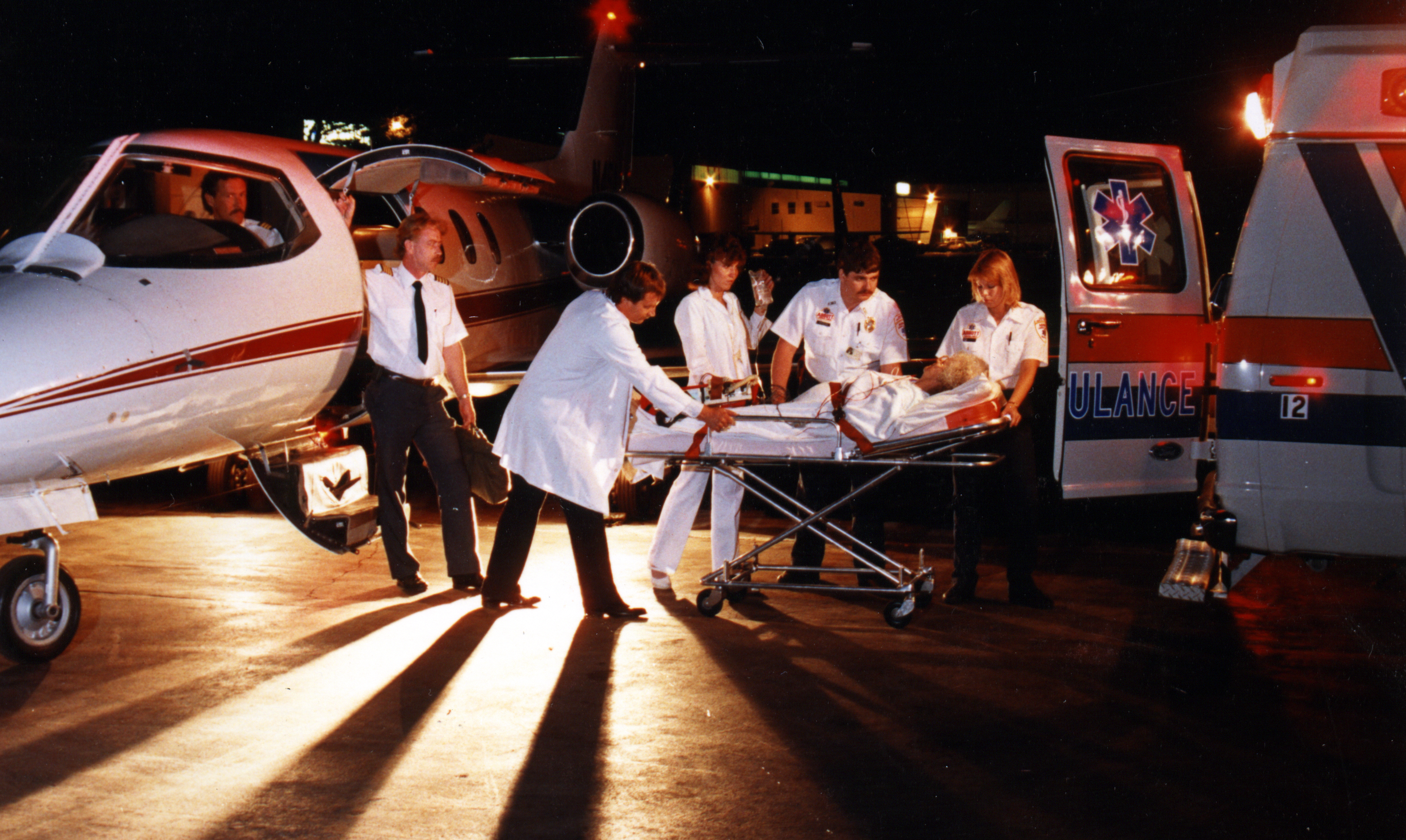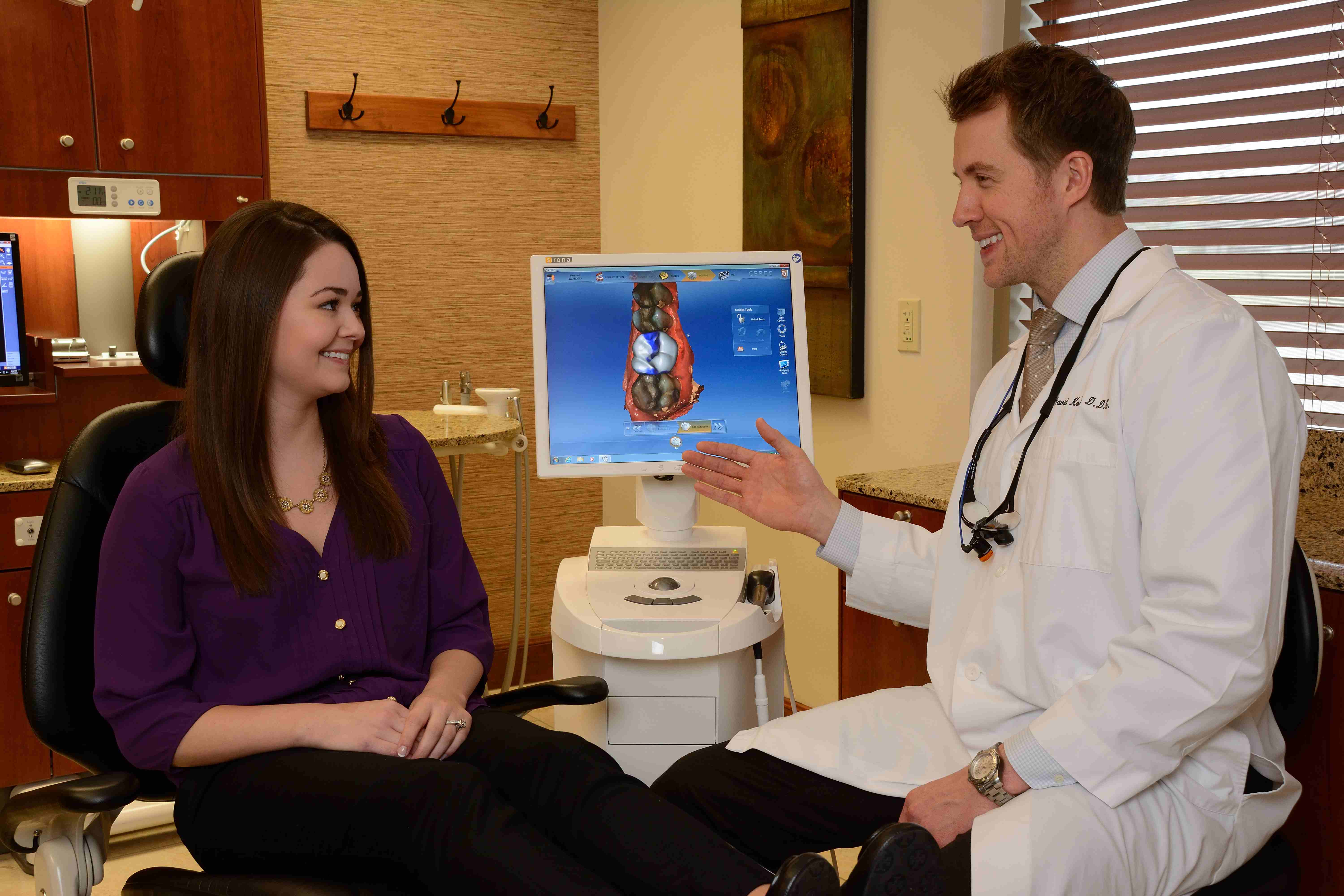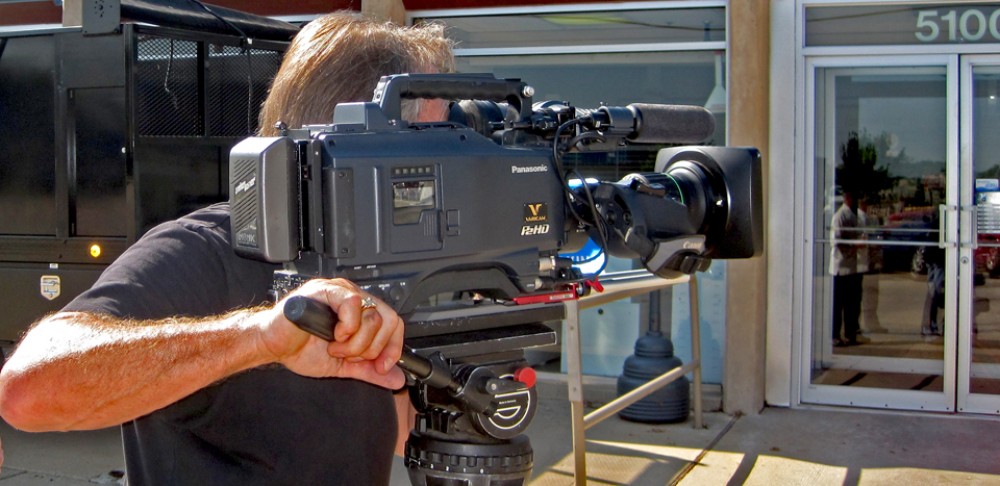Photography has always played a crucial role in advertising, helping to convey messages, evoke emotions, and capture attention. In the realm of healthcare, photography takes on a unique significance, serving as a powerful tool for communicating the values, benefits, and outcomes associated with medical products and services. In this article, we will explore the profound impact of photography in healthcare advertising and delve into its various applications.
The Power of Visual Communication
Visual communication is an essential aspect of advertising, and photography is at the forefront of this medium. In healthcare, where trust, empathy, and credibility are paramount, photography serves as a bridge between the medical world and the target audience. By capturing the essence of the healthcare experience, it allows viewers to connect on a deeper level, fostering a sense of relatability and understanding.
Establishing Trust and Credibility
When it comes to healthcare, establishing trust and credibility is vital. Patients and consumers are more likely to choose a healthcare provider or product they perceive as reliable and trustworthy. Photography can play a significant role in building this trust by visually representing the medical professionals, facilities, and equipment associated with the brand. By showcasing real healthcare providers and patients, photography humanizes the brand and instills confidence in its offerings.
Evoking Emotions and Empathy
Healthcare is a deeply personal and emotional field. Photography has the power to evoke a wide range of emotions, enabling advertisers to create a connection with their audience. By capturing genuine moments of joy, relief, or compassion, healthcare advertising can evoke empathy, resonating with the target audience’s own experiences and aspirations. The emotional impact of photography can be particularly impactful when promoting treatments for chronic conditions or showcasing the positive outcomes of medical interventions.
Visualizing Medical Procedures and Technologies
Many healthcare procedures and technologies are complex and difficult for the average person to comprehend. Photography can simplify these concepts by visually depicting them in a relatable and understandable way. Whether it’s illustrating the steps of a surgical procedure or showcasing the features of a new medical device, photography helps demystify healthcare processes and facilitates better comprehension among the audience. This visual aid can be especially useful in advertising campaigns targeting healthcare professionals or those in specialized medical fields.
Portraying Diversity and Inclusivity
Healthcare advertising should reflect the diverse nature of the population it serves. Photography allows advertisers to portray individuals from various backgrounds, ethnicities, ages, and genders, reinforcing the message of inclusivity. By showcasing diversity, healthcare advertising can create a sense of belonging and promote the idea that everyone can benefit from the brand’s offerings. Photography has the power to break stereotypes and promote a more inclusive and representative image of healthcare.













Authenticity and Realism
In an era dominated by digital manipulation, stock images, and staged scenarios, authenticity is more important than ever. Photography can bring a sense of realism to healthcare advertising by capturing genuine moments, real patients, and actual healthcare providers. By showcasing authenticity, advertisers can build credibility and resonate with viewers who are seeking genuine connections. Authenticity also helps in dispelling skepticism and gaining the trust of potential patients or customers.
Ethical Considerations
While photography is a powerful tool in healthcare advertising, ethical considerations must be taken into account. It is crucial to obtain proper consent and protect patient privacy when capturing medical images. Advertisers should follow established guidelines and ensure that the subjects of the photographs are fully aware of how their images will be used. Respecting confidentiality and maintaining the dignity of patients is of utmost importance to preserve trust and uphold ethical standards in healthcare advertising.
Conclusion
Photography plays a pivotal role in healthcare advertising, serving as a powerful medium for visual communication. Its ability to evoke emotions, establish trust, and showcase the authenticity of medical experiences makes it an indispensable tool in the promotion of healthcare products and services. By visually representing medical professionals, facilities, and procedures, photography builds credibility and relatability, helping the audience connect on a deeper level. It also plays a significant role in evoking empathy and portraying the diverse nature of the population healthcare serves.
Photography’s capacity to simplify complex medical concepts through visual aids enables better comprehension and education among the audience. It allows advertisers to showcase the benefits and outcomes of medical interventions, promoting positive health outcomes and inspiring hope. Moreover, the authenticity and realism captured through photography help to build trust and credibility, particularly in an era where skepticism and staged imagery are prevalent.
However, ethical considerations are essential when utilizing photography in healthcare advertising. Respecting patient privacy and obtaining proper consent are fundamental principles that must be adhered to. Advertisers should follow established guidelines and ensure that individuals are fully aware of how their images will be used, maintaining confidentiality and upholding ethical standards.
In conclusion, photography’s role in healthcare advertising is indispensable. It serves as a powerful tool for visual communication, establishing trust, evoking emotions, and simplifying complex medical concepts. Through authentic and diverse representation, it creates relatability and fosters inclusivity. Advertisers must navigate ethical considerations to protect patient privacy and maintain the dignity of individuals involved. With its ability to capture the essence of the healthcare experience, photography remains a vital element in effectively conveying the values, benefits, and outcomes associated with healthcare products and services.
